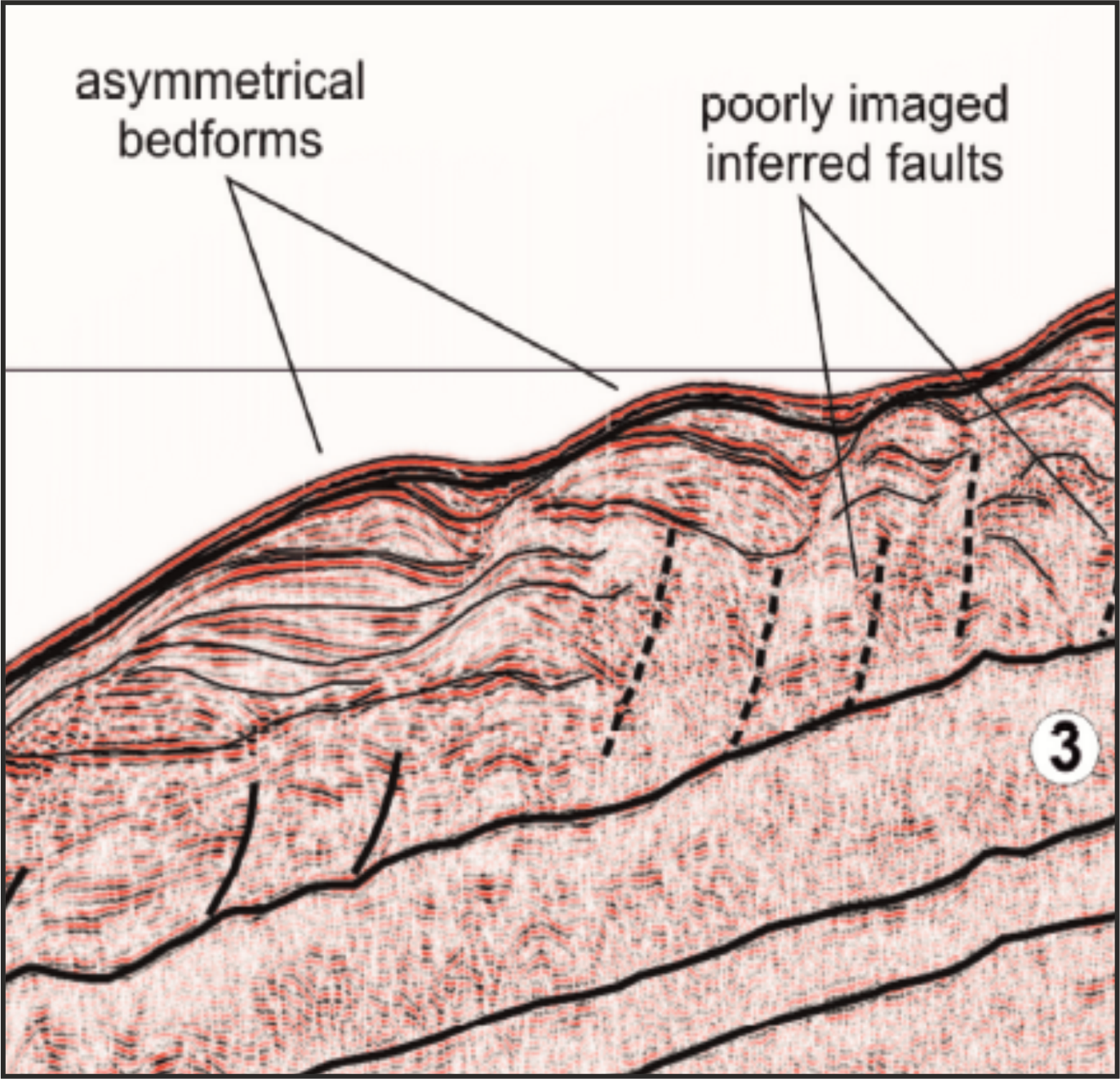The use and beauty of ultra-high-resolution seismic reflection imaging in Late Quaternary marine volcaniclastic settings, Napoli Bay, Italy
Abstract
Very high-resolution, single channel (IKB-Seistec™) reflection profiles acquired offshore the Napoli Bay, complemented with geological and geophysical data from the literature, provide unprecedented, superb seismic imaging of the Latest Pleistocene-Holocene stratigraphic architecture of the submerged sectors Campi Flegrei and Somma-Vesuvius volcanic districts. Seismic profiles were calibrated by gravity core data and document a range of depositional systems, volcanic structures and hydrothermal features that evolved after the onset of the Last Glacial Maximum (ca. 18 ka BP) over the continental shelf on the Campania coastal zone.
Seistec profiles from the Pozzuoli Bay yield high-resolution images of the shallow structure of the collapse caldera-ring fault - resurgent dome system associated with the eruption of the Neapolitan Yellow Tuff (NYT) (ca 15 ka BP) and support a working hypothesis to assess the timing and the styles of deformation of the NYT resurgent structure throughout the Latest Quaternary. Seismic images also revealed the nature of the fragile deformation of strata along the NYT ring fault system and the occurrence of hydrothermal fluids and volcanic/sub-volcanic intrusions ascending along the ring fault zone.
Seismic data acquired over the continental shelf off the Somma-Vesuvius stratovolcano, display evidence of gravitational instability of sand wave deposits originated by the underwater modification of pyroclastic flows that entered the seawater after destroying the Roman city of Herculaneum during the 79 CE eruption of Vesuvius.
At the Banco della Montagna, a hummocky seafloor knoll located between the Somma-Vesuvius and the Pozzuoli Bay, seismic profiles and gravity core data revealed the occurrence of a field of volcaniclastic diapirs formed by the dragging and rising up of unconsolidated pumice, as a consequence of fluid overpressure at depth associated with active degassing and fluid venting at the seafloor.
















